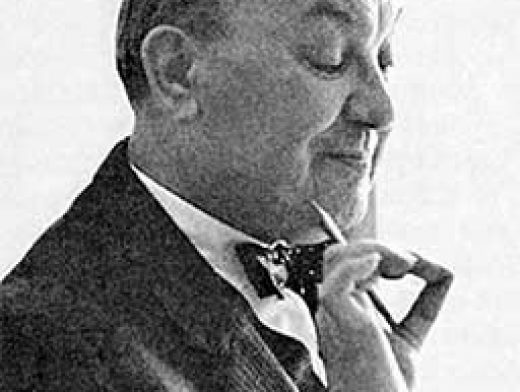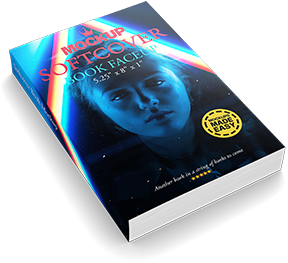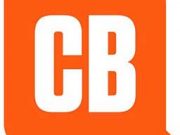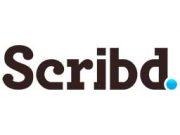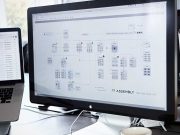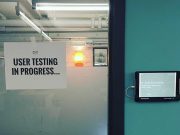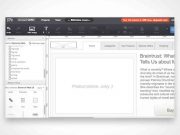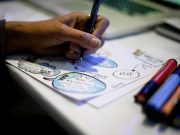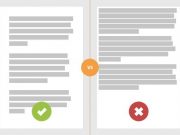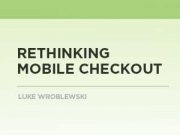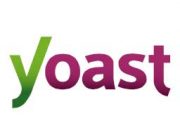Learning to See
A designer who is able to find the functional essence of a product will also likely find it in the visual aspects — they are usually interconnected, sometimes almost inevitably so. Don’t count on an inevitable visual beauty when it comes to products with a heavy engineering aspect, like computers, web sites, or industrial complexes. There the conditions can be harsh, with the materials and standards we have to work with being bereft of much aesthetic refinement. In this kind of environment even a product with merely bold functionality can be perceived as visually pleasing, after you’ve used and understood the necessity of its bold shape.
Functional design is not completely self-evident on the object, it shows itself in use and effects the aesthetic perception. This is even more pronounced with software, where the outside hardly gives any hint how well (or even if) it actually works. However, this doesn’t mean that software needs to be hard to use. On the contrary. Whether we talk about hardware or software, usability is key, because:
“Good design makes a product useful — A product is bought to be used. It has to satisfy certain criteria, not only functional, but also psychological and aesthetic. Good design emphasises the usefulness of a product whilst disregarding anything that could possibly detract from it.”
— ibid.Since professional designers focus on functional beauty and hard-to-spot detail, they can call things beautiful that may seem blunt, cold, or overly simple to a non-designer. This might explain why designers and non-designers sometimes come to like different things.
